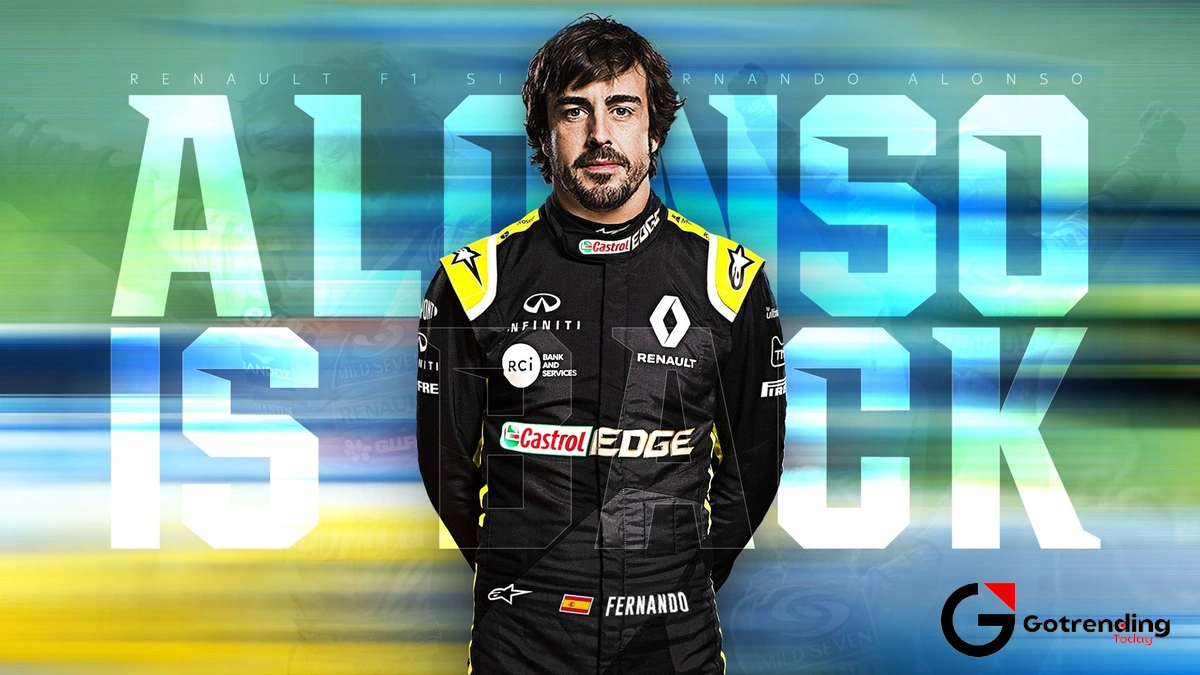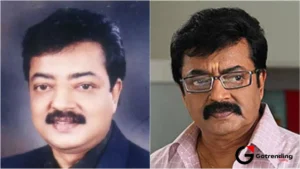Why is Everyone Still Obsessed with Fernando Alonso? A Deep Dive into F1’s Ageless Enigma
Let’s have a chat. Pull up a chair. Because we need to talk about Fernando Alonso.
Seriously. In a sport obsessed with youth, where drivers are considered veterans at 30, a 42-year-old just signed a multi-year contract with a top team. Think about that for a second. When the new Formula 1 regulations hit in 2026, Fernando Alonso will be 45 years old, driving for Aston Martin with a Honda engine an engine partnership that once caused him public meltdowns and career-defining grief.
It makes no sense. And yet, it makes all the sense in the world.
The question isn’t just “how is he still driving?” The real question, the one that keeps us all hooked, is why is he still one of the most feared, revered, and valuable drivers on the entire grid? Why do teams like Aston Martin bet the farm on him? Why does the name Fernando Alonso still send a jolt through the paddock? This isn’t just a story about longevity. It’s a story about talent, timing, terrible decisions, and a level of sheer, bloody-minded determination that borders on the superhuman.
El Plan, The Prequel | The Making of a Modern Samurai
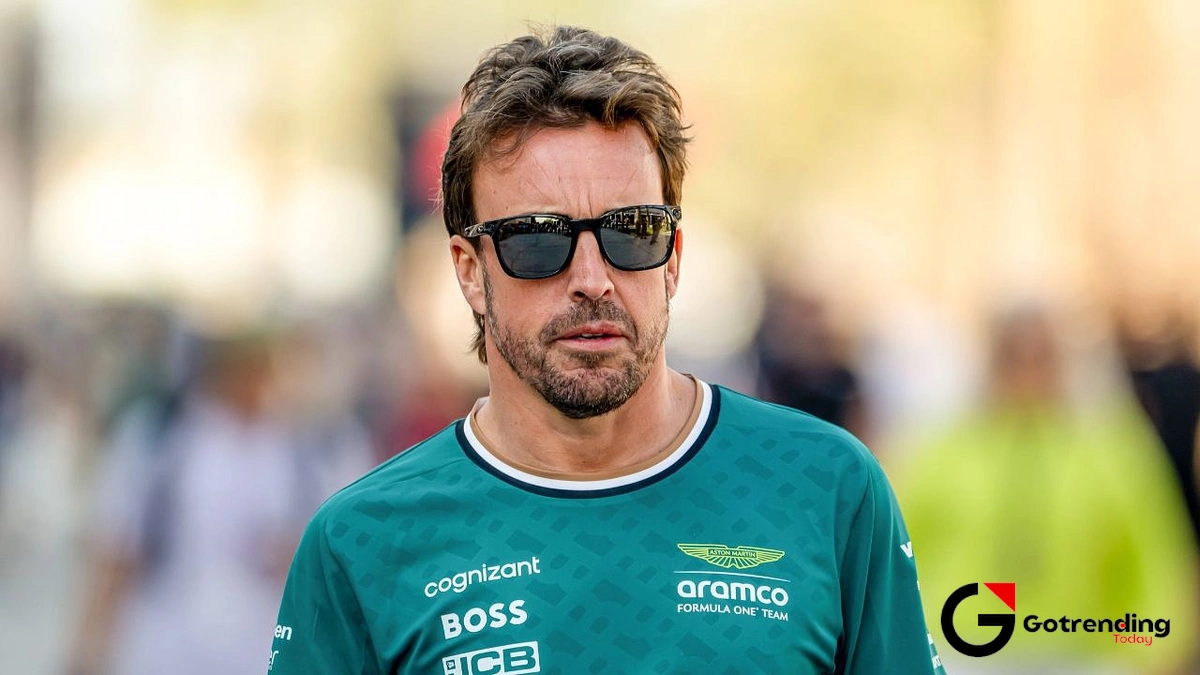
To understand the Alonso of today, you have to go back. Way back. Before the memes, before “El Plan,” before the infamous “GP2 engine!” radio call.
You have to go back to a young Spaniard who was so devastatingly quick in a kart that his rivals’ mechanics would literally try to sabotage him. You have to go to his F1 debut in 2001, dragging an unthinkably slow Minardi car to places it had no right to be. Even then, you could see it. Not just speed, but a kind of defiant intelligence.
But the legend truly began at Renault. He didn’t just win two championships in 2005 and 2006; he dethroned Michael Schumacher at the peak of his Ferrari dominance. He was a gladiator. His driving style wasn’t just fast; it was punishing. He could manhandle a car with understeer, a notoriously difficult trait, and make it dance. His starts were legendary he seemed to have a sixth sense for finding gaps where none existed.
What fascinates me is that his core identity was forged then. He was, and still is, a modern-day samurai on the track. Every move is calculated, every defence is precise, and every attack is ruthless. He sees the whole chessboard. He’s not just driving his own car; he’s racing everyone else’s, manipulating their tyre wear, their strategy, their mental state through his on-track positioning and, yes, his masterful use of the radio.
The Career Paradox | Why the Greatest Driver Has Only Two Titles
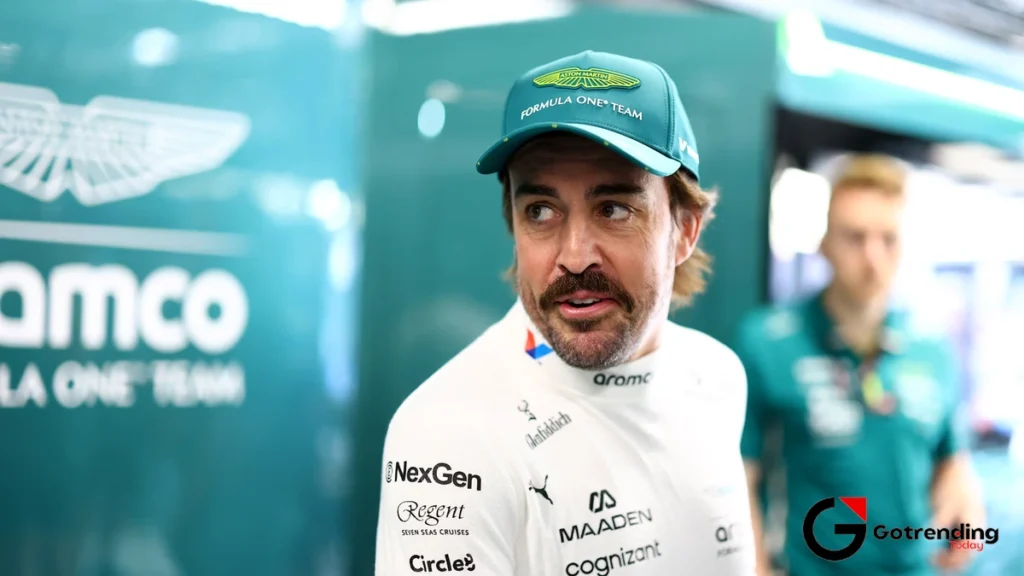
Here’s the thing, and it’s the massive, unmissable elephant in the room: for a driver widely considered by peers and experts to be one of the most complete of all time, Fernando Alonso has only two world championships. Lewis has seven. Schumacher has seven. Vettel has four. How is this possible?
The answer is a cocktail of bad luck, questionable loyalty, and some of the worst career timing in sporting history.
Let’s be honest, his moves have been… a masterclass in snatching defeat from the jaws of victory.
- 2007, McLaren: He joins the top team on the grid, only to find a generational rookie talent named Lewis Hamilton as his teammate. What followed was a toxic internal war, the “Spygate” scandal, and a championship lost by a single point. He left after one year.
- 2010-2014, Ferrari: The dream move. A passionate Spaniard at the legendary Italian team. He produced some of the greatest driving of his life, dragging cars that were, frankly, dogs, to championship contention. In 2010 and 2012, he lost the title in the very last race. It wasn’t his driving that failed him; it was the machinery. The frustration was palpable.
- 2015, McLaren-Honda: This was the big one. The catastrophic reunion. He left a consistently second-best Ferrari for a new project that promised to conquer the world. Instead, the Honda engine was historically unreliable and underpowered. This move effectively cost him four years of his prime.
He was always the right driver in the wrong car at the wrong time. It’s F1’s greatest “what if.” What if he’d stayed at Ferrari? What if he’d joined Red Bull when he had the chance? It’s a paradox: his immense self-belief drove him to make bold moves, but that same belief often led him to the wrong team.
More Than a Driver | The Alonso Effect on Teams and Fans
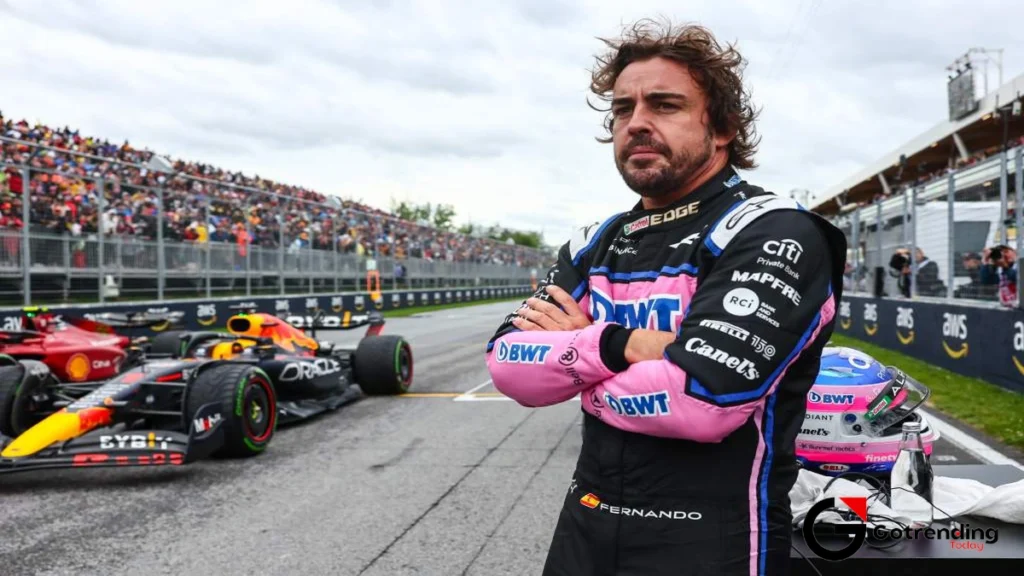
So, he leaves a trail of ‘what ifs’ and burned bridges. Why would anyone want to hire him? Because of the “Alonso Effect.”
When Fernando Alonso joins a team, something happens. He doesn’t just drive the car; he grabs the entire organisation by the scruff of its neck and drags it forward. His technical feedback is legendary. He can feel things in a car that data sometimes can’t see. He galvanises the factory. He brings an intensity that forces everyone to level up.
Look at Aston Martin in 2023. They went from a midfield team to a podium-contending force overnight. Was the car better? Yes. But would any other driver have extracted eight podiums from it? Highly debatable. He delivered results the team probably didn’t even think were possible. This is the kind of long-term value that is hard to quantify, much like a complexshare price analysis; it’s about future potential, not just past performance.
And then there’s the fans. “El Plan,” which started as a joke about his belief in a future winning project at Alpine, became a global phenomenon. It’s a testament to his cult of personality. Fans don’t just support him; they believe in him with a fervent passion. They’ve been on this agonising journey with him for two decades, and his refusal to give up gives them hope. He’s the underdog, the tragic hero, the old warrior still capable of magic.
The 2026 Gamble | Why Aston Martin is Betting the House on a 45-Year-Old
This brings us back to that contract. Why extend through 2026? Because 2026 is a massive reset for Formula 1. New chassis regulations, new aerodynamic rules, and, most importantly, brand-new engines. And who is supplying Aston Martin’s engine in 2026? Honda.
Yes, that Honda.
But this isn’t the Honda of 2015. This is the Honda that powered Red Bull and Max Verstappen to utter dominance. They are a proven championship-winning force. For Aston Martin, navigating this monumental shift is the single most important project in their history. The strategic importance of this period cannot be overstated; it is the team’s entire future, a focal point as significant asunderstanding why a city matterson a national scale.
And who do you want leading you through that uncertainty? A promising rookie? Or a two-time world champion with 20+ years of experience, known for his incredible development skills and understanding of vehicle dynamics? You want Fernando Alonso . He’s not just a driver; he’s an insurance policy. He is the expert guide who has seen it all. He’s there to build the foundation for Aston Martin’s future, ensuring their 2026 car hits the ground running.
Frequently Asked Questions about Fernando Alonso
How many championships has Fernando Alonso won?
Fernando Alonso has won two Formula 1 World Drivers’ Championships. He secured them back-to-back with the Renault team in 2005 and 2006, ending the dominant era of Michael Schumacher and Ferrari.
What is ‘El Plan’?
“El Plan” (The Plan) became a popular meme and rallying cry among Alonso’s fans during his time at Alpine. It referred to his and the team’s long-term vision of working towards becoming championship contenders, symbolising hope and belief in his future success.
Is Fernando Alonso the oldest driver on the F1 grid?
Yes, he is. As of the 2024 season, Fernando Alonso is the oldest F1 driver on the grid. His longevity and continued high performance are a major part of his current appeal and legacy in the sport.
Why did he have problems with McLaren-Honda?
Alonso’s second stint at McLaren (2015-2018) coincided with Honda’s return to F1 as an engine supplier. The Honda power unit was severely underpowered and unreliable, leading to immense frustration for Alonso, famously expressed in his “GP2 engine!” radio message at theJapanese Grand Prix.
What is Fernando Alonso’s current team?
Fernando Alonso currently drives for the Aston Martin Aramco Cognizant Formula One® Team. He joined them in 2023 and has recently signed a contract extension to continue racing with them beyond the 2025 season.
In the end, the obsession with Alonso isn’t just about his age or his talent. It’s about the story. It’s a story of what could have been, and more importantly, what still could be. He reminds us that while timing and luck are cruel, they can be outlasted by pure, unyielding will. He’s not racing against Hamilton or Verstappen anymore. He’s racing against his own legacy, against time itself. And, impossibly, he’s still putting up one hell of a fight.
